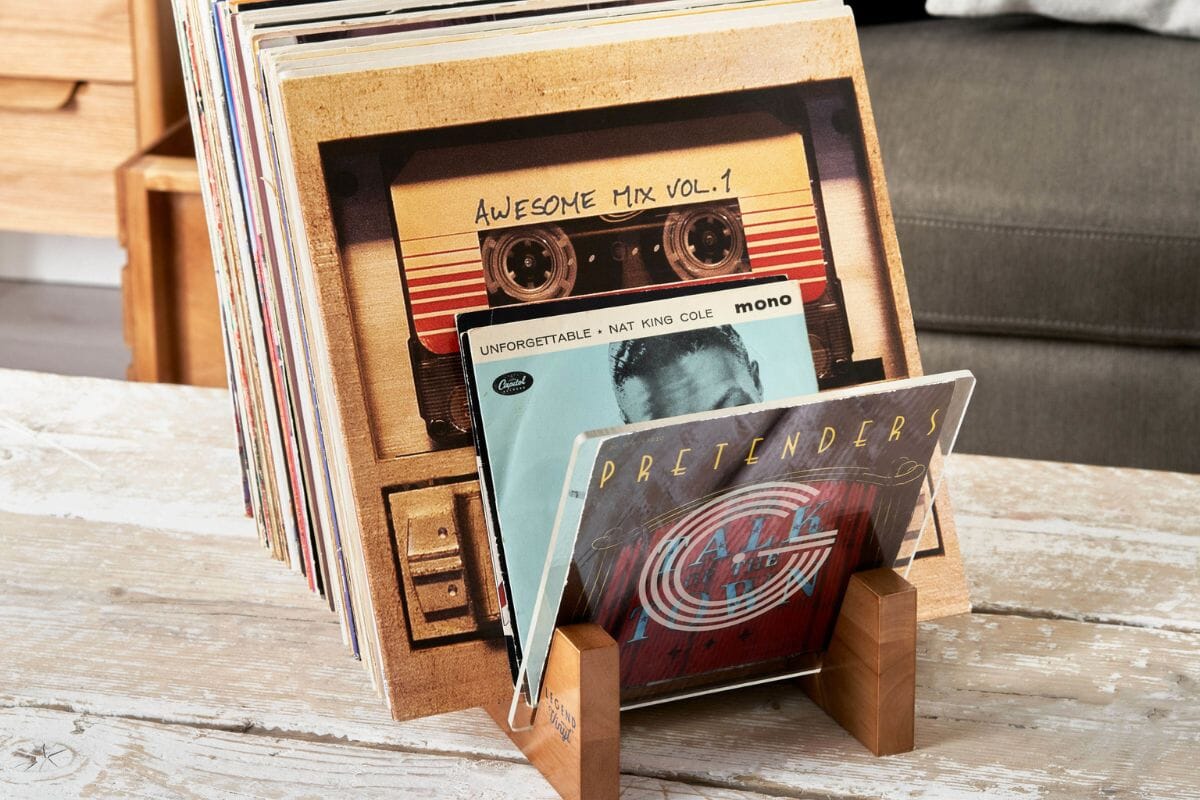

Articles
How To Store Your Vinyl Records
Modified: January 7, 2024
Looking for articles on how to store your vinyl records? Check out our comprehensive guide for tips and tricks to keep your vinyl collection in pristine condition!
(Many of the links in this article redirect to a specific reviewed product. Your purchase of these products through affiliate links helps to generate commission for Storables.com, at no extra cost. Learn more)
Introduction
Welcome to the wonderful world of vinyl records! Whether you’re a seasoned collector or just starting to explore the realm of analog audio, proper storage is essential for preserving the condition and longevity of your precious vinyl collection. Vinyl records are fragile and sensitive to environmental factors, so it’s crucial to take the necessary steps to ensure their safety.
In this article, we will guide you through the process of storing your vinyl records correctly. From choosing the right storage environment to organizing and categorizing your collection, we will cover everything you need to know to keep your vinyl records in top-notch condition.
Proper storage of vinyl records is vital because they can be easily damaged by factors such as temperature fluctuations, moisture, dust, and improper handling. Neglecting these elements can lead to warping, scratches, and other irreversible damage that affects sound quality.
By following the steps outlined in this article, you can protect your vinyl records and maintain their value and audio quality for years to come.
Key Takeaways:
- Proper storage, cleaning, and handling are crucial for preserving vinyl records. Choose the right environment, organize your collection, and invest in quality storage solutions to maintain the integrity and sound quality of your records.
- Regular maintenance, cleaning, and safe handling techniques are essential for prolonging the lifespan of vinyl records. By following these steps, you can enjoy your collection while ensuring its longevity and optimal sound quality.
Read more: How To Store Vinyl Records
Step 1: Choosing the Right Storage Environment
The first step in proper vinyl record storage is selecting an ideal environment. Here are some factors to consider:
- Temperature and Humidity: Vinyl records are sensitive to extreme temperatures and fluctuations. It’s best to store them in a room with a consistent temperature between 60-70 degrees Fahrenheit (15-21 degrees Celsius) and a relative humidity level between 35-45%. Avoid basements, garages, or other areas prone to temperature and humidity changes.
- Sunlight and UV Exposure: Prolonged exposure to direct sunlight can cause vinyl records to warp or fade over time. Choose a storage area away from windows or use blinds or curtains to minimize UV exposure.
- Ventilation and Air Quality: Adequate airflow is essential in vinyl record storage. Avoid storing records in airtight containers or areas with poor ventilation, as this can lead to mold growth and moisture buildup. Additionally, try to keep your storage area free from dust and other pollutants that can affect the records’ surface.
It’s important to note that records should be stored in an upright position. Stacking or leaning them can result in warping or damaging the grooves.
If you live in a region with extreme climate conditions or have limited control over the storage environment, consider investing in a vinyl record storage cabinet or shelf that provides additional insulation and protection.
By choosing the right storage environment, you will provide a stable and protective space for your vinyl records, ensuring their longevity and preserving their audio quality.
Step 2: Cleaning Your Vinyl Records
Keeping your vinyl records clean is essential for maintaining their sound quality and preventing unnecessary wear and tear. Here are some steps to effectively clean your records:
- Remove Dust and Debris: Before deep cleaning your records, remove any visible dust or debris using a carbon fiber brush or an anti-static record brush. Gently brush the surface of the record in a circular motion, ensuring you cover the entire playing area. This will help prevent scratches during the cleaning process.
- Use a Record Cleaning Solution: To remove deeper dirt and grime, you’ll need a record cleaning solution. There are various commercial options available, or you can make your own solution by mixing distilled water with a few drops of mild dish soap or isopropyl alcohol. Apply the solution to a microfiber cloth or a record cleaning brush and gently scrub the record’s surface following the grooves. Be cautious not to soak the label or get excessive moisture on the record.
- Dry the Record Properly: After cleaning, it’s important to let the record dry completely before storing or playing it. Use a clean, lint-free cloth to pat dry the record or let it air dry in a dust-free area. Make sure there’s no moisture left on the record as it can lead to mold growth or damage the vinyl.
- Invest in a Record Cleaning Machine: For enthusiasts with an extensive vinyl collection or those looking for a more thorough cleaning solution, consider investing in a record cleaning machine. These machines use specialized brushes or vacuum systems to deep clean records, improving sound quality and removing stubborn dirt.
Regular cleaning of your vinyl records will help preserve their longevity and ensure optimal sound quality. It’s recommended to clean records before and after playing them to minimize static and maintain the cleanliness of the grooves.
Remember, always handle records by their edges and avoid touching the playing surface to prevent fingerprints and oils from transferring onto the vinyl.
Step 3: Organizing and Categorizing Your Collection
Organizing and categorizing your vinyl record collection not only makes it easier to find and retrieve specific albums, but it also adds a sense of satisfaction and pride to your collection. Here are some tips to help you effectively organize your vinyl records:
- Create a System: Determine a system that works best for you. You can organize your records alphabetically by artist or band name, chronologically by release date, or by genre. Consider what will be most intuitive and convenient for your browsing and retrieving needs.
- Use Record Dividers: To further enhance organization, consider using record dividers. These dividers can be labeled by artist, genre, or alphabetically, making it even easier to locate specific records within your collection.
- Keep an Inventory: Maintain a catalog or inventory of your vinyl records. This can be a physical notebook or an excel spreadsheet. Include details such as artist, album title, condition, and any other relevant information. This inventory can come in handy when it comes to tracking your collection and identifying missing or desired records.
- Consider Display Options: If you have a collection that you want to showcase, you may want to invest in display options such as wall-mounted shelves or display stands. This not only adds a visually appealing element to your space but also makes it easy to browse and enjoy your collection.
- Take Advantage of Digital Tools: In addition to physical organization, consider utilizing digital tools for cataloging and managing your collection. There are various mobile apps and software available that allow you to create virtual collections, track your inventory, and even discover new music based on your preferences.
Ultimately, the organization of your vinyl record collection is a personal choice. The goal is to create a system that works for you and makes it enjoyable to navigate and explore your collection.
By organizing and categorizing your collection, you’ll not only have a visually pleasing display but also a streamlined and efficient way to access and enjoy your favorite records.
Step 4: Choosing the Appropriate Storage Solution
When it comes to storing your vinyl records, it’s important to choose the right storage solution that not only provides adequate protection but also fits your collection size and space. Here are some factors to consider when selecting a storage solution:
- Vinyl Record Shelves or Racks: Vinyl record shelves or racks are a popular and practical choice for storing vinyl records. Look for shelves that are specifically designed for vinyl records, as they typically have dividers or compartments to keep the records upright and prevent them from leaning or warping. Choose a sturdy and reliable shelving unit that can accommodate your collection size.
- Storage Boxes or Crates: Storage boxes or crates are an affordable and portable solution for smaller collections or for those who frequently need to move or transport their vinyl records. Look for acid-free and sturdy boxes that can protect the records from dust, sunlight, and moisture.
- Vinyl Record Cabinets: If you have an extensive collection or want a more secure and enclosed storage option, consider investing in a vinyl record cabinet. These cabinets typically have shelves or compartments designed specifically for vinyl records, offering protection from environmental factors and providing a sleek and organized display.
- Vertical or Horizontal Storage: Consider whether you prefer vertical or horizontal storage for your records. Vertical storage allows for easy browsing and access to individual records, while horizontal storage can help maximize space and accommodate larger collections.
Regardless of the storage solution you choose, make sure it provides adequate support and protection for your vinyl records. Avoid storing records in tight or overcrowded spaces, as this can lead to warping and damage.
In addition to the storage solution, it’s a good idea to consider investing in inner sleeves and outer protective sleeves for each record. Inner sleeves help prevent scratches and static, while outer sleeves provide an extra layer of protection against dust and damage.
Remember to measure the available space in your home or dedicated storage area before purchasing a storage solution to ensure it fits your needs and complements your existing décor.
By choosing the appropriate storage solution, you can safeguard your vinyl records and maintain their condition for years to come.
Store your vinyl records vertically to prevent warping and damage. Use plastic or paper inner sleeves to protect the vinyl from scratches. Keep them in a cool, dry place away from direct sunlight.
Read more: How To Store Vinyl Records In Sleeves
Step 5: Storing Your Vinyl Records Properly
Once you have chosen the right storage solution, it’s important to know how to store your vinyl records properly to ensure their safety and longevity. Here are some guidelines to follow:
- Store Vinyl Records Vertically: Always store your vinyl records in an upright position. Stacking or leaning records can cause them to warp, which affects sound quality and can be irreversible. Make sure records are standing straight and not leaning against each other.
- Don’t Overstuff or Overcrowd: Avoid overcrowding your storage shelves or crates. Leaving some space between records will prevent damage and make it easier to access and retrieve albums without jostling others. Overstuffing can also lead to warping and make it challenging to browse and handle individual records.
- Avoid Extreme Temperatures: Keep your vinyl records away from extreme temperature fluctuations. High heat can cause records to warp, while extreme cold can make them brittle and prone to breaking. Maintain a stable temperature within the recommended range of 60-70 degrees Fahrenheit (15-21 degrees Celsius).
- Protect from Sunlight and UV Exposure: Exposure to direct sunlight can damage your vinyl records over time. Store them away from windows or use blinds and curtains to block out UV rays. UV exposure can cause records to fade, warp, or deteriorate.
- Maintain a Clean Environment: Keep your storage area clean and free from dust and debris. Regularly dust shelves, crates, or cabinets to prevent particles from settling on the records’ surface. Dust can cause scratches and affect sound quality.
- Be Mindful of Weight: Avoid placing heavy objects on top of your vinyl records, as this can cause warping or damage. Store records in a designated area where they won’t be subjected to unnecessary pressure or weight.
By following these storage guidelines, you can protect your vinyl records and ensure they remain in pristine condition. Regularly inspect your storage area for any signs of damage or environmental issues, and address them promptly to prevent further harm to your collection.
Remember, proper storage is essential for preserving the integrity and value of your vinyl records.
Step 6: Regular Maintenance and Cleaning
Regular maintenance and cleaning of your vinyl records are crucial for their longevity and sound quality. Follow these recommendations to keep your records in excellent condition:
- Handle Records with Clean Hands: Before touching your vinyl records, make sure your hands are clean and free from oils, lotions, or residue. Oils and dirt can transfer onto the record’s surface, causing potential damage or affecting sound quality.
- Use Anti-Static Inner Sleeves: Replace the original inner sleeves of your vinyl records with anti-static sleeves. These sleeves help prevent static buildup, reduce the risk of surface scratches, and protect against dust and dirt.
- Clean the Turntable: Regularly clean your turntable to ensure optimal playback. Dust and debris on the turntable can transfer onto the record, affecting sound quality and potentially causing damage. Follow the manufacturer’s instructions for proper cleaning and maintenance.
- Avoid Touching the Playing Surface: When handling vinyl records, hold them by their edges and avoid touching the playing surface. Fingerprints and dirt can affect sound quality, and scratches can occur if mishandled.
- Remove Surface Dust: Clean your records using a carbon fiber brush or an anti-static record brush before each play. Gently brush the surface in a circular motion to remove any surface dust or debris, allowing for better playback quality and reducing the risk of groove damage.
- Invest in a Record Cleaning Machine: Consider investing in a record cleaning machine for a deeper and more thorough clean. These machines use specialized brushes or vacuum systems to remove dirt and dust from the grooves, improving overall sound quality. Follow the manufacturer’s instructions for proper use.
- Store Clean Records Properly: After cleaning, make sure the records are completely dry before storing them. Place them back in their anti-static sleeves and return them to their designated storage area, keeping them upright and away from direct sunlight, heat, and humidity.
- Regularly Inspect Your Records: Periodically inspect your vinyl records for any signs of damage or wear. Look for visible scratches, warping, or mold growth. If you notice any issues, address them promptly to prevent further damage.
By incorporating regular maintenance and cleaning into your vinyl record routine, you can prolong their lifespan, preserve sound quality, and ensure a pleasurable listening experience.
Remember, proper care and attention will keep your vinyl collection in excellent condition for many years to come.
Step 7: Handling and Playing Vinyl Records Safely
Proper handling and playing techniques are essential to ensure the longevity and preservation of your vinyl records. Here are some tips to handle and play your records safely:
- Handle with Clean Hands: Always wash your hands before handling vinyl records to remove any oils, dirt, or residue. Clean hands minimize the risk of transferring contaminants onto the record’s surface.
- Hold Records by the Edges: When picking up or moving a vinyl record, hold it by the edges to avoid touching the playing surface. Touching the grooves or label can leave fingerprints or cause scratches, reducing sound quality.
- Use a Clean and Anti-Static Turntable Mat: Place a clean and anti-static turntable mat on your record player to reduce static electricity and prevent the record from sticking to the platter. This helps to avoid potential damage when picking up or removing the record from the turntable.
- Be Gentle When Lowering and Lifting the Tonearm: When lowering the tonearm onto the record, lower it gently to avoid sudden movements or accidentally dragging it across the surface. Similarly, when lifting the tonearm, do it carefully to prevent any scratches or damage.
- Use a High-Quality Stylus: Invest in a high-quality stylus that matches your record player’s specifications. A worn or damaged stylus can cause unnecessary wear on the records and result in poor sound quality. Regularly inspect and replace your stylus as needed.
- Avoid Repeated Back-and-Forth Needle Dropping: Repeatedly moving the needle back and forth on a vinyl record can cause damage to the grooves over time. Try to play a record starting from the beginning or use the cueing lever, if available, to gently lower the needle to the desired starting point.
- Keep Dust Covers Closed: When not in use, keep the dust cover closed over your turntable to protect it from dust, pet hair, or other particles that can affect sound quality and potentially damage your records.
- Store Vinyl Records Properly After Playing: After playing a record, place it back in its anti-static sleeve and return it to its designated storage area. Make sure the record is clean and dry before storing it to prevent mold growth or damage.
By following these handling and playing techniques, you can enjoy your vinyl records while minimizing the risk of damage and preserving their sound quality. Proper care and attention will ensure that your records remain in excellent condition for many years to come.
Conclusion
Congratulations! You are now equipped with the knowledge and steps needed to store and maintain your vinyl record collection properly. By following these guidelines, you can ensure the longevity and preservation of your cherished vinyl records while enjoying the best sound quality possible.
Remember, choosing the right storage environment, cleaning your records regularly, organizing your collection, selecting appropriate storage solutions, and handling and playing records safely are all key factors in maintaining the integrity of your vinyl records.
Take the time to create a system for organization that works for you, whether it’s alphabetically, chronologically, or by genre. Consider investing in record dividers, display options, and digital tools to enhance your enjoyment and management of your collection.
Regular maintenance and cleaning, including using anti-static inner sleeves and brushes, will prevent dust buildup and keep your records in top condition. Be mindful of the handling and playing techniques to prevent scratches and other damage to the grooves.
Lastly, enjoy the process of collecting and listening to your vinyl records. The warm sound and tactile experience that vinyl offers are unmatched, and with proper care, your collection will continue to bring you joy for years to come.
So go ahead, immerse yourself in the world of vinyl records, and let the music take you on a journey through time!
Frequently Asked Questions about How To Store Your Vinyl Records
Was this page helpful?
At Storables.com, we guarantee accurate and reliable information. Our content, validated by Expert Board Contributors, is crafted following stringent Editorial Policies. We're committed to providing you with well-researched, expert-backed insights for all your informational needs.
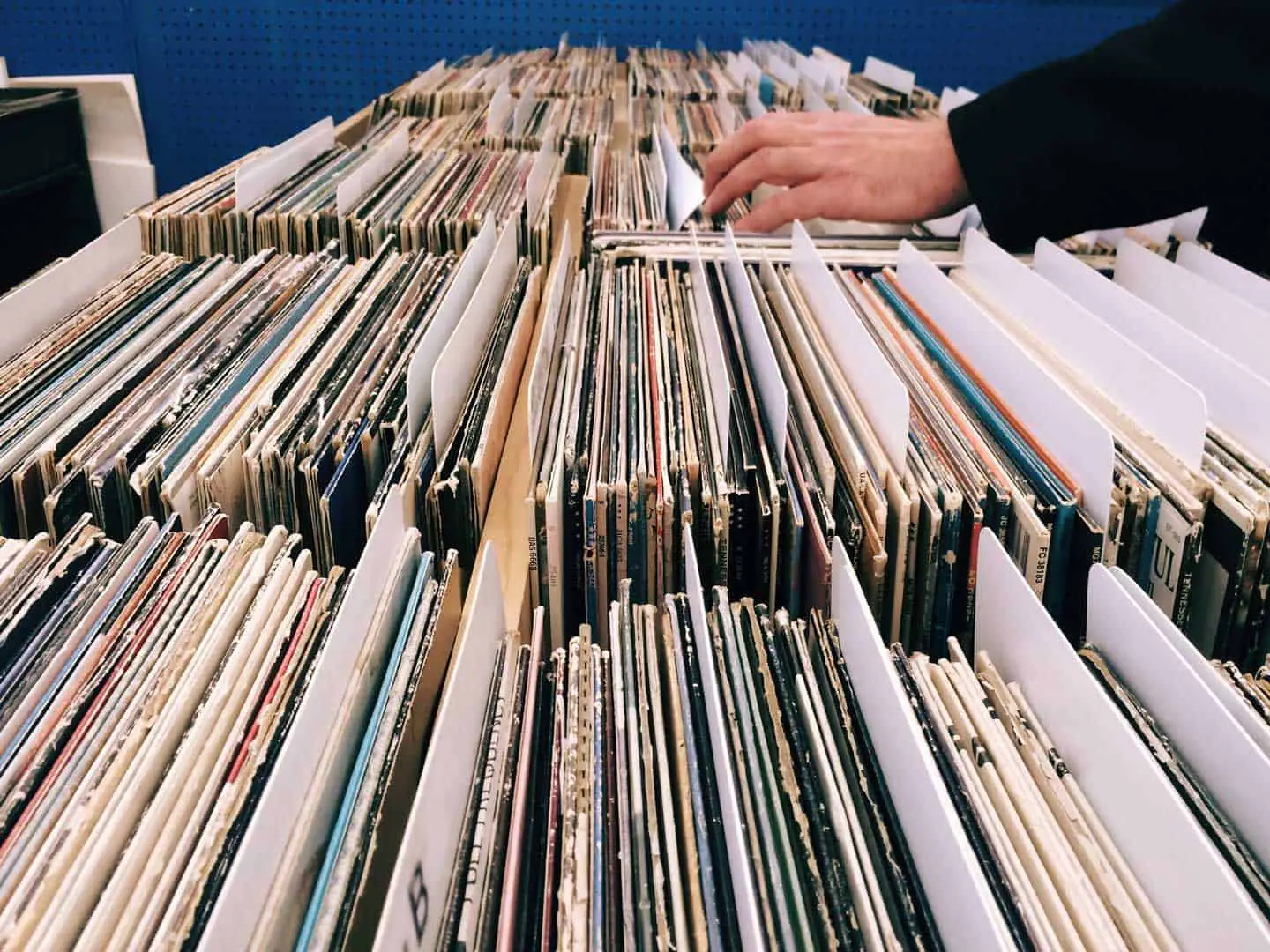
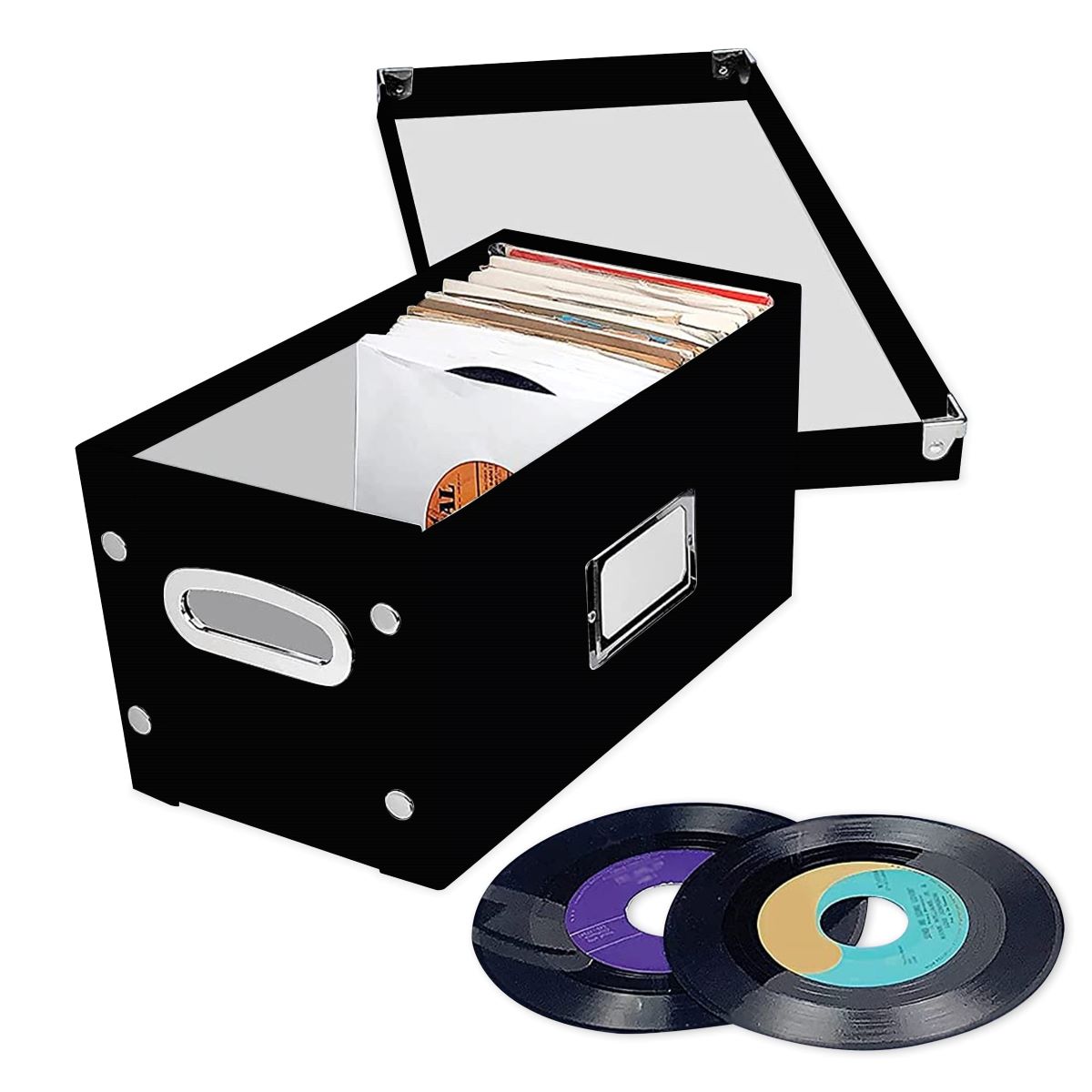
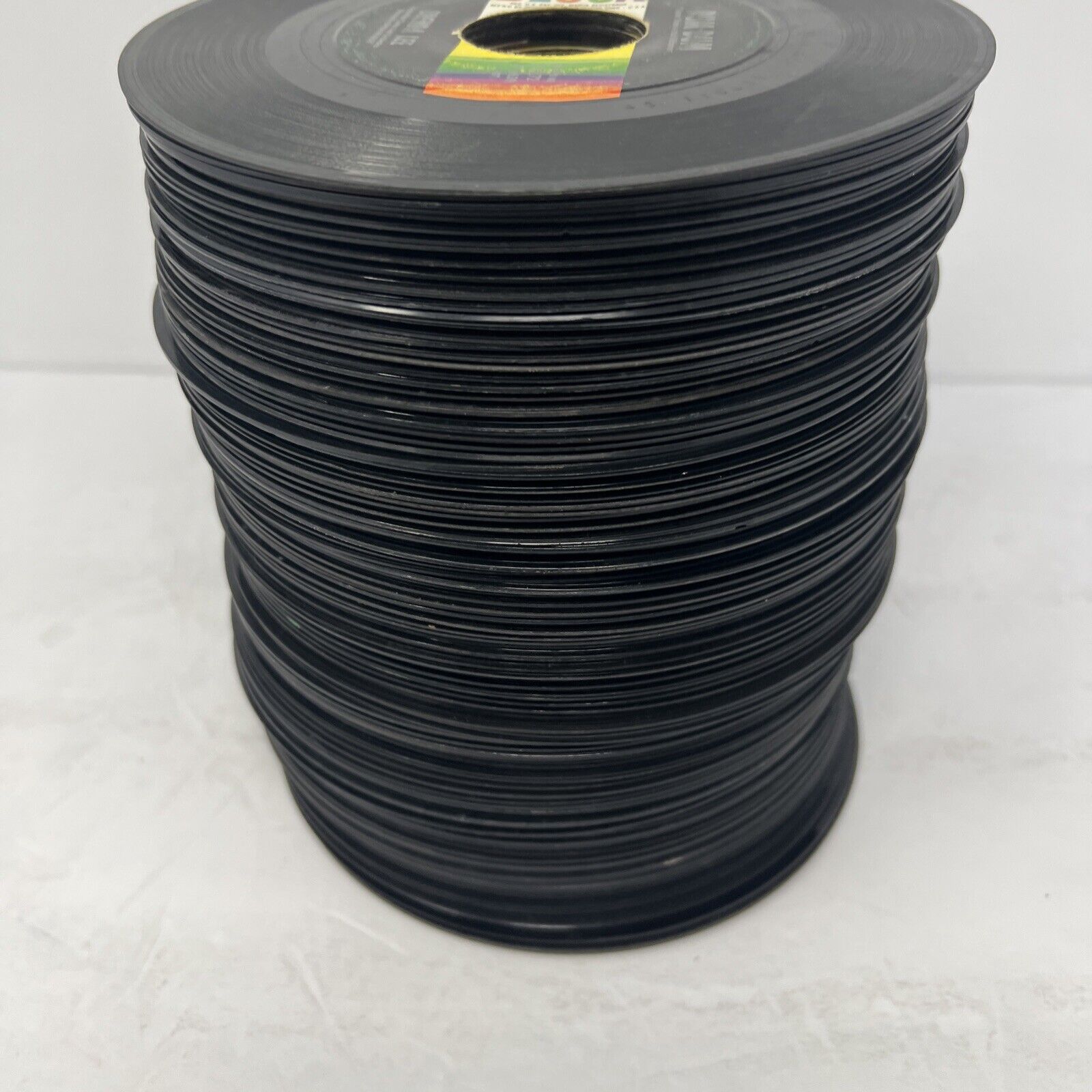
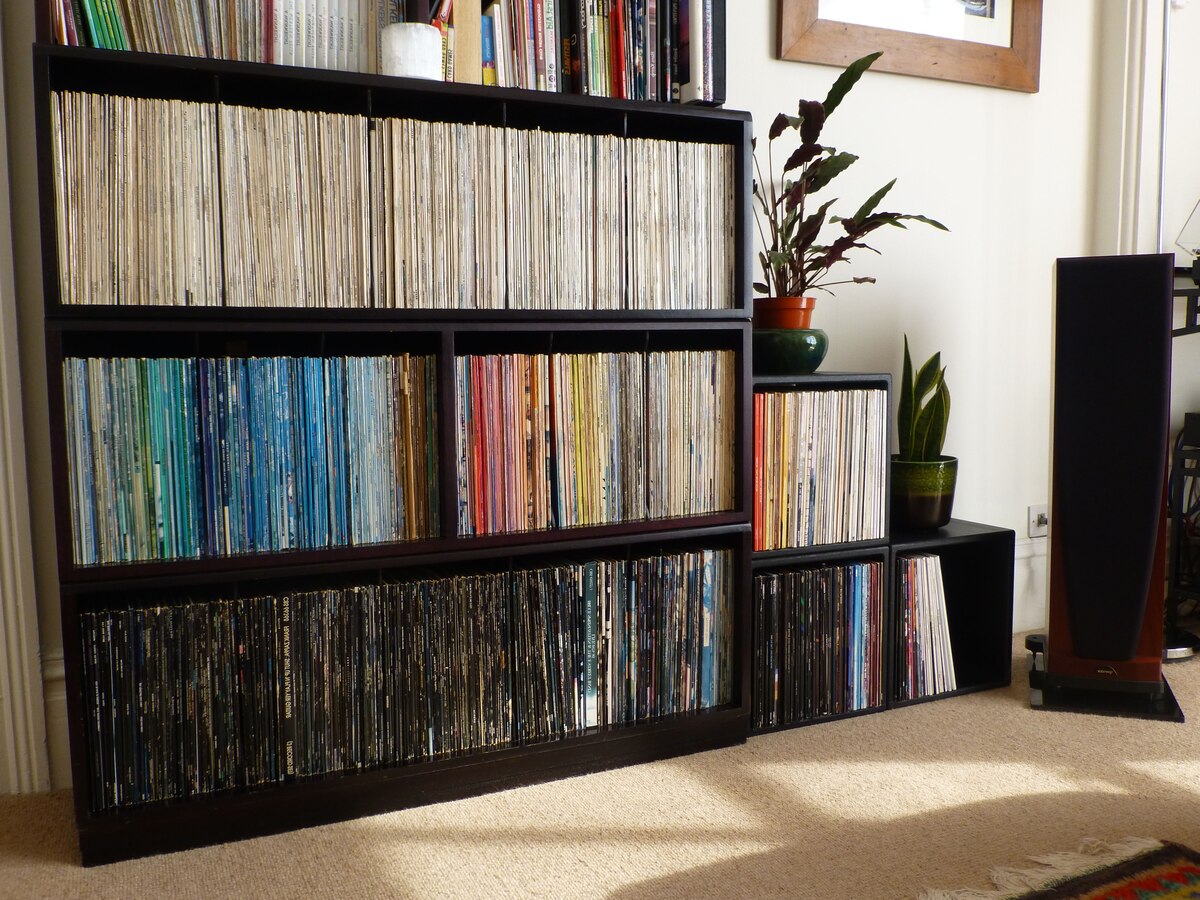
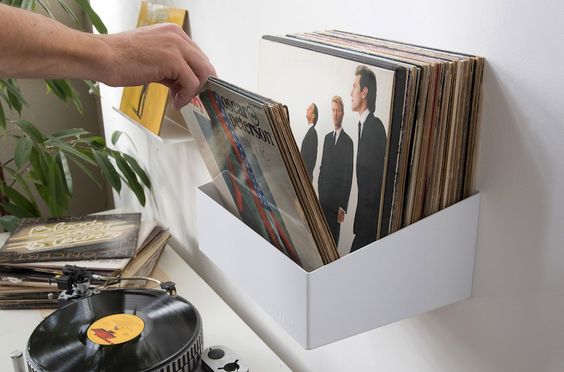
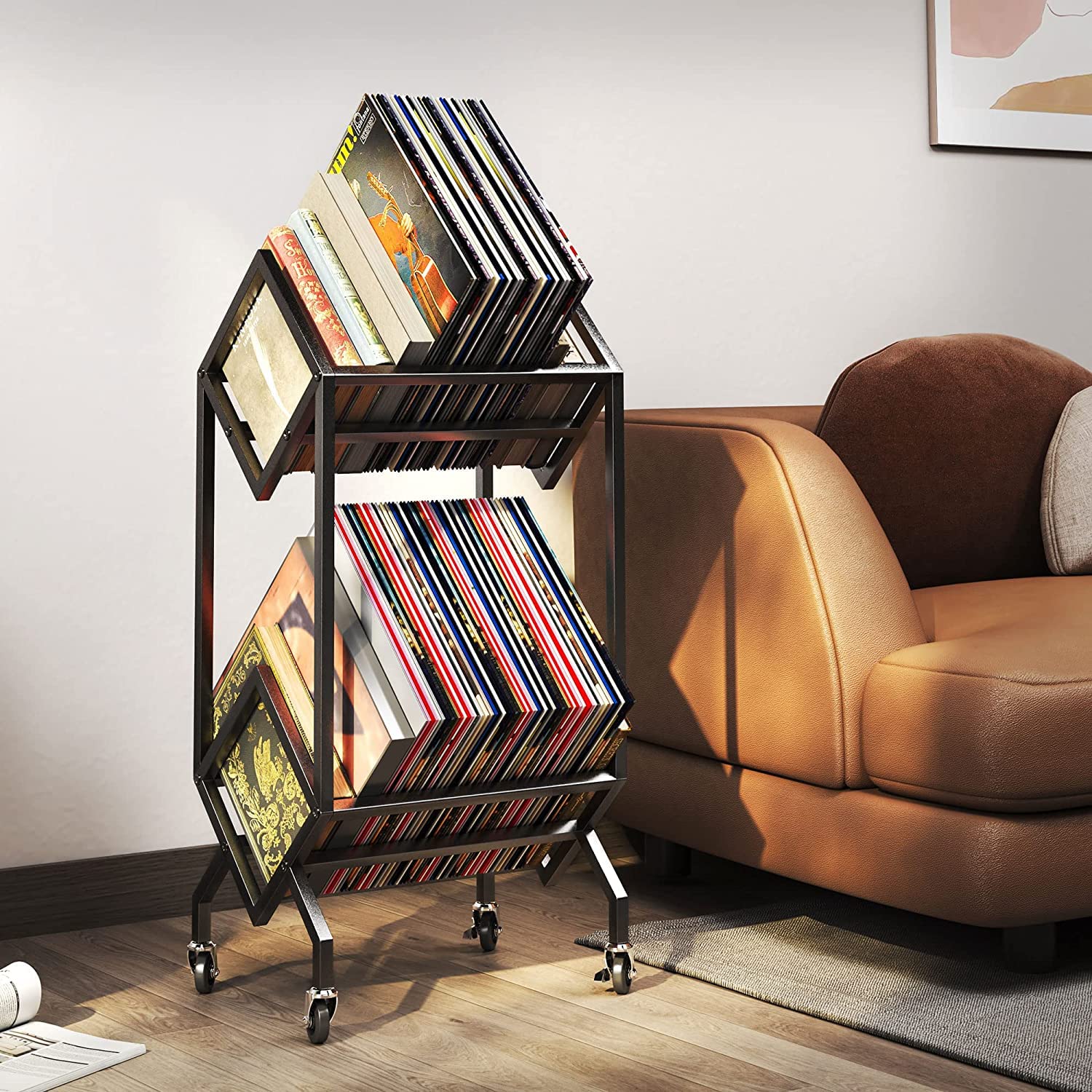
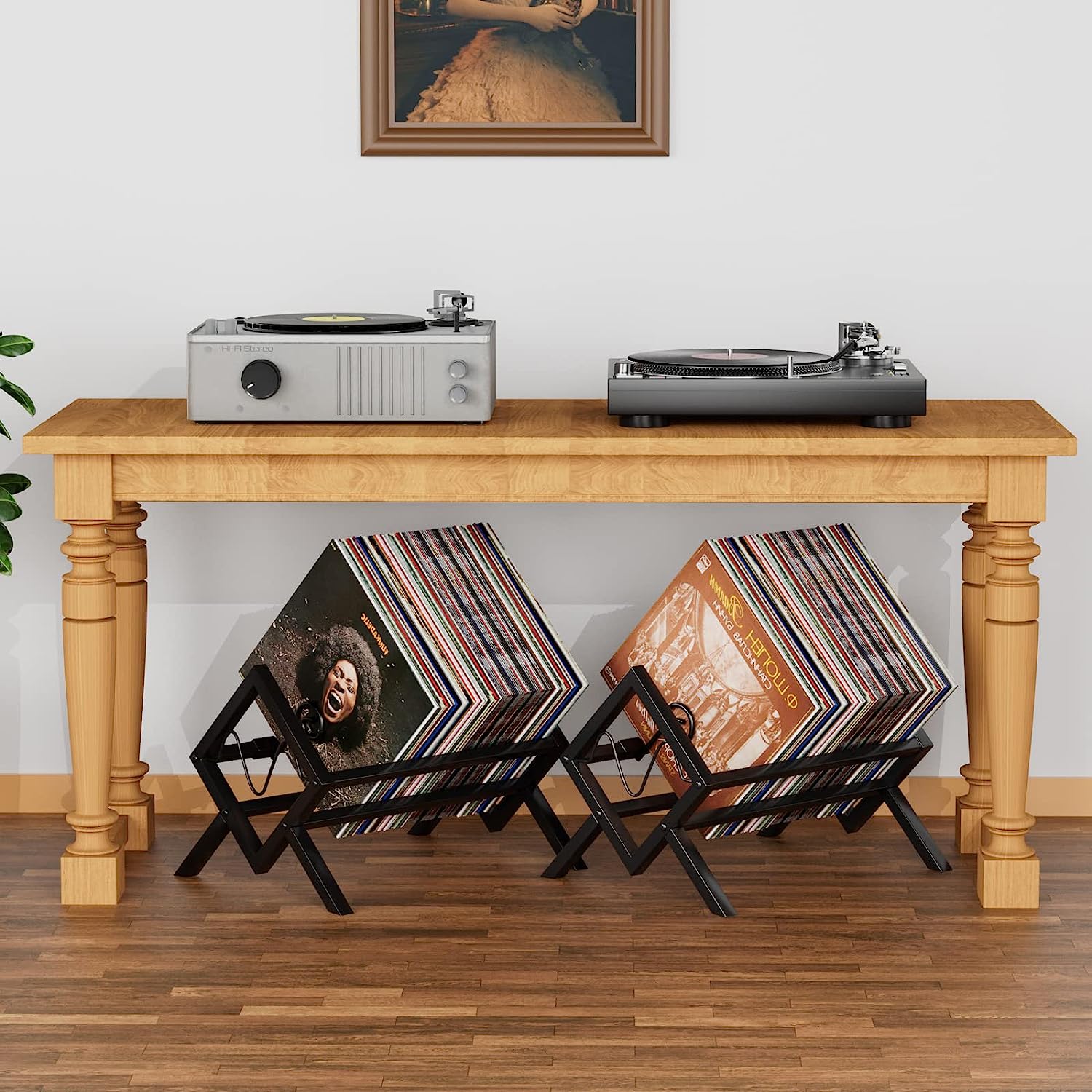
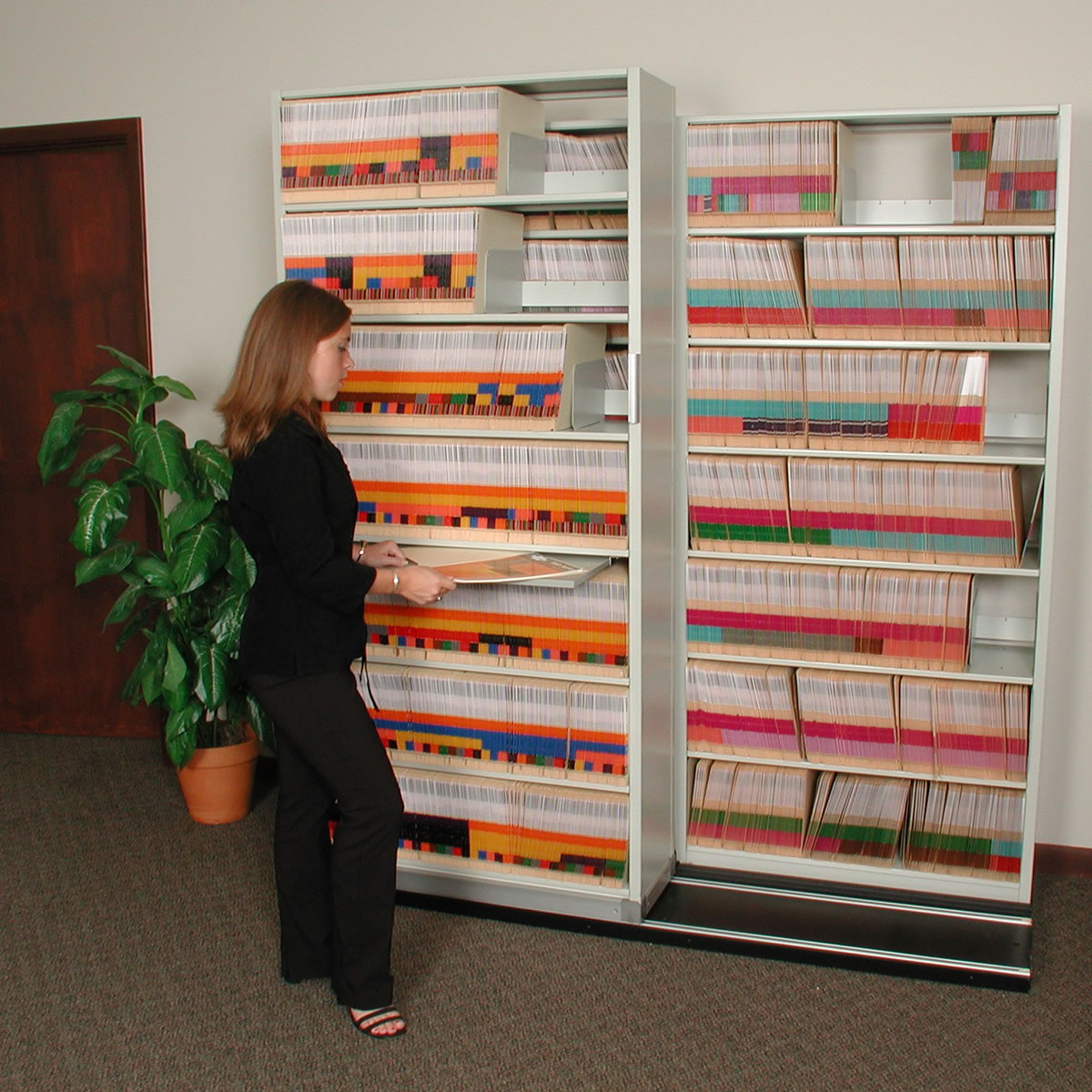
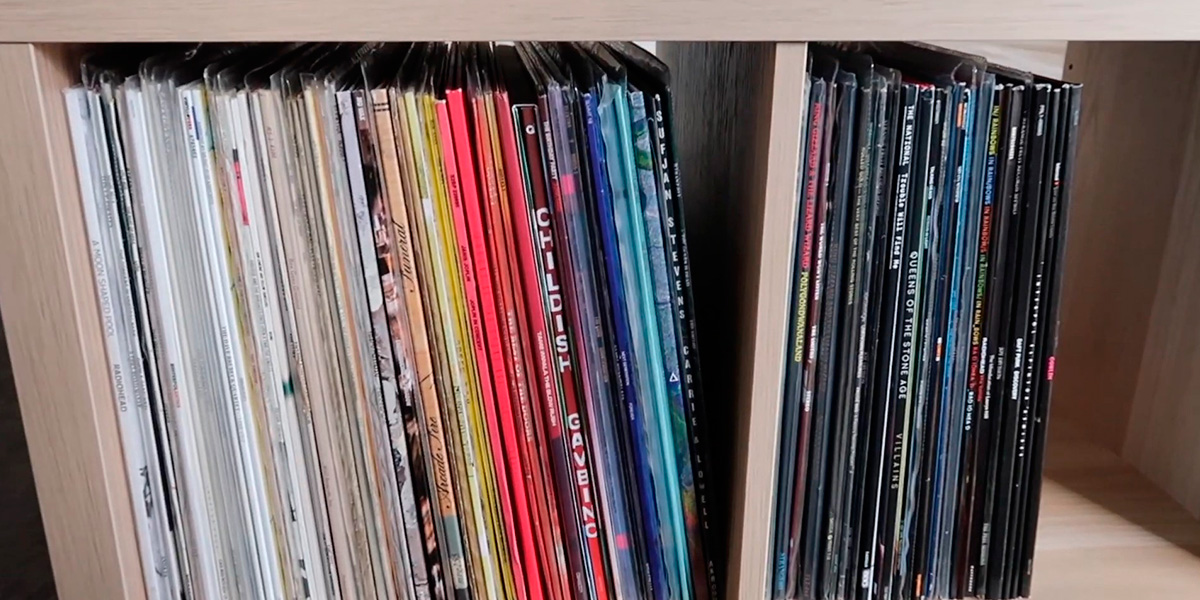
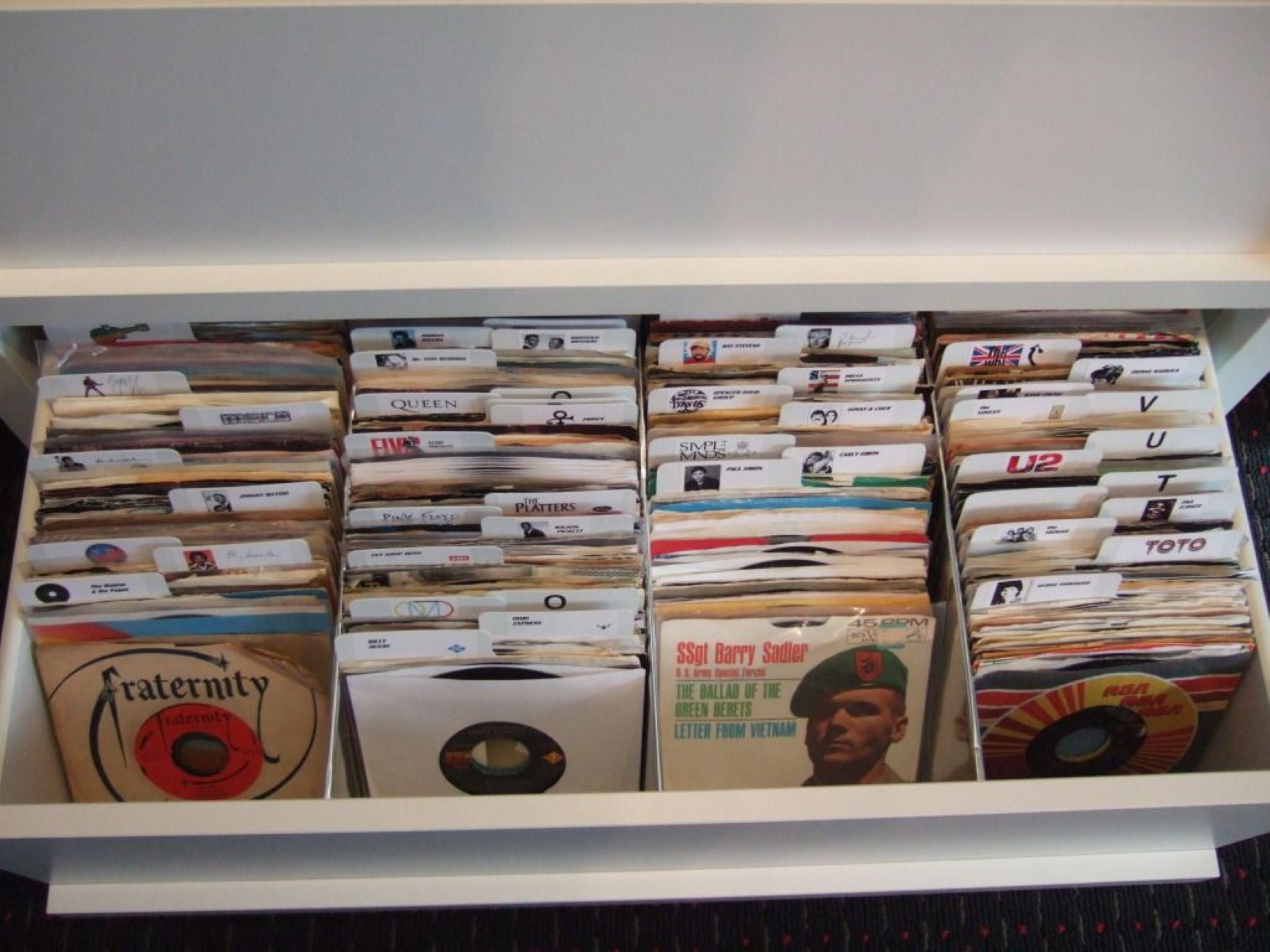
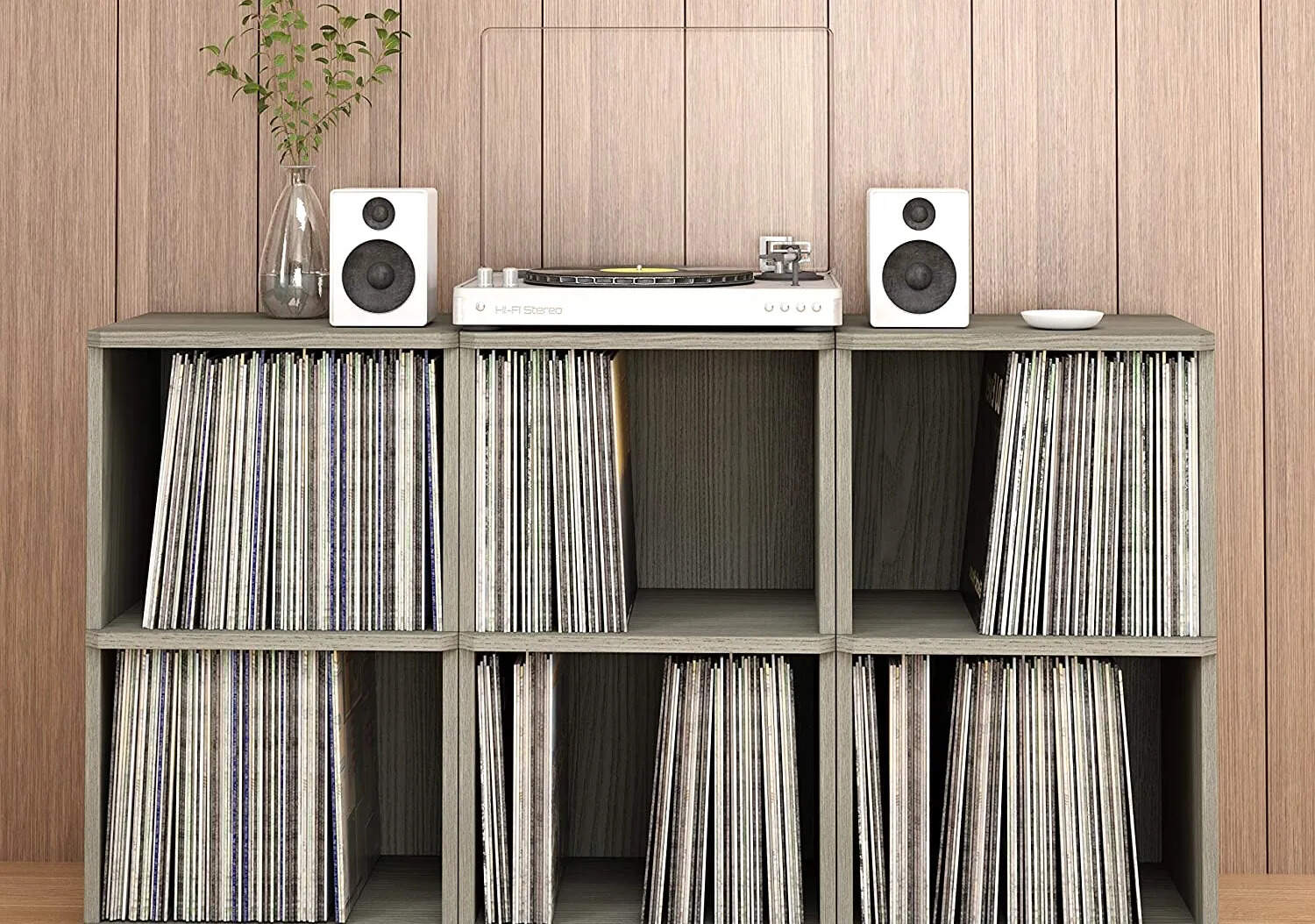

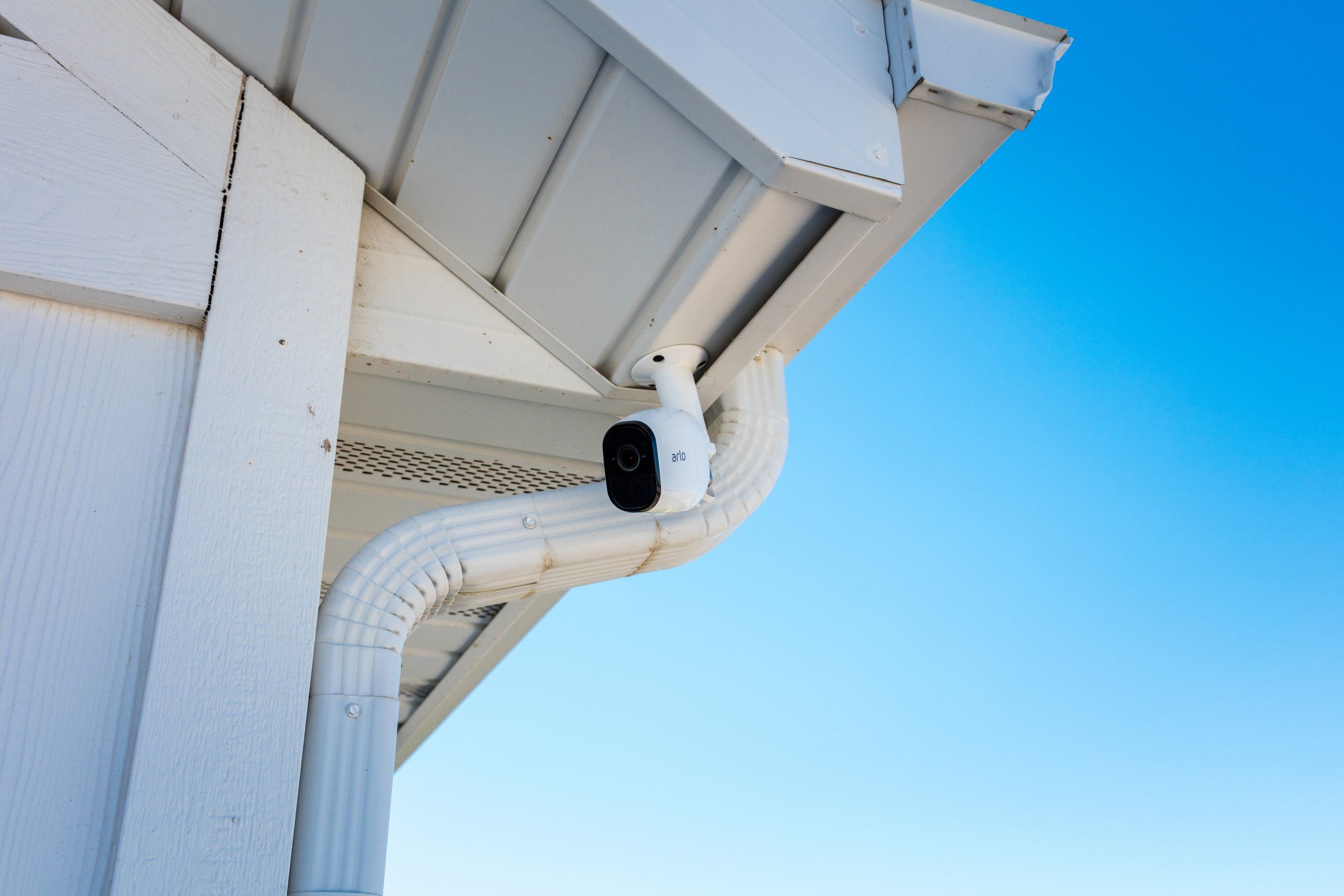
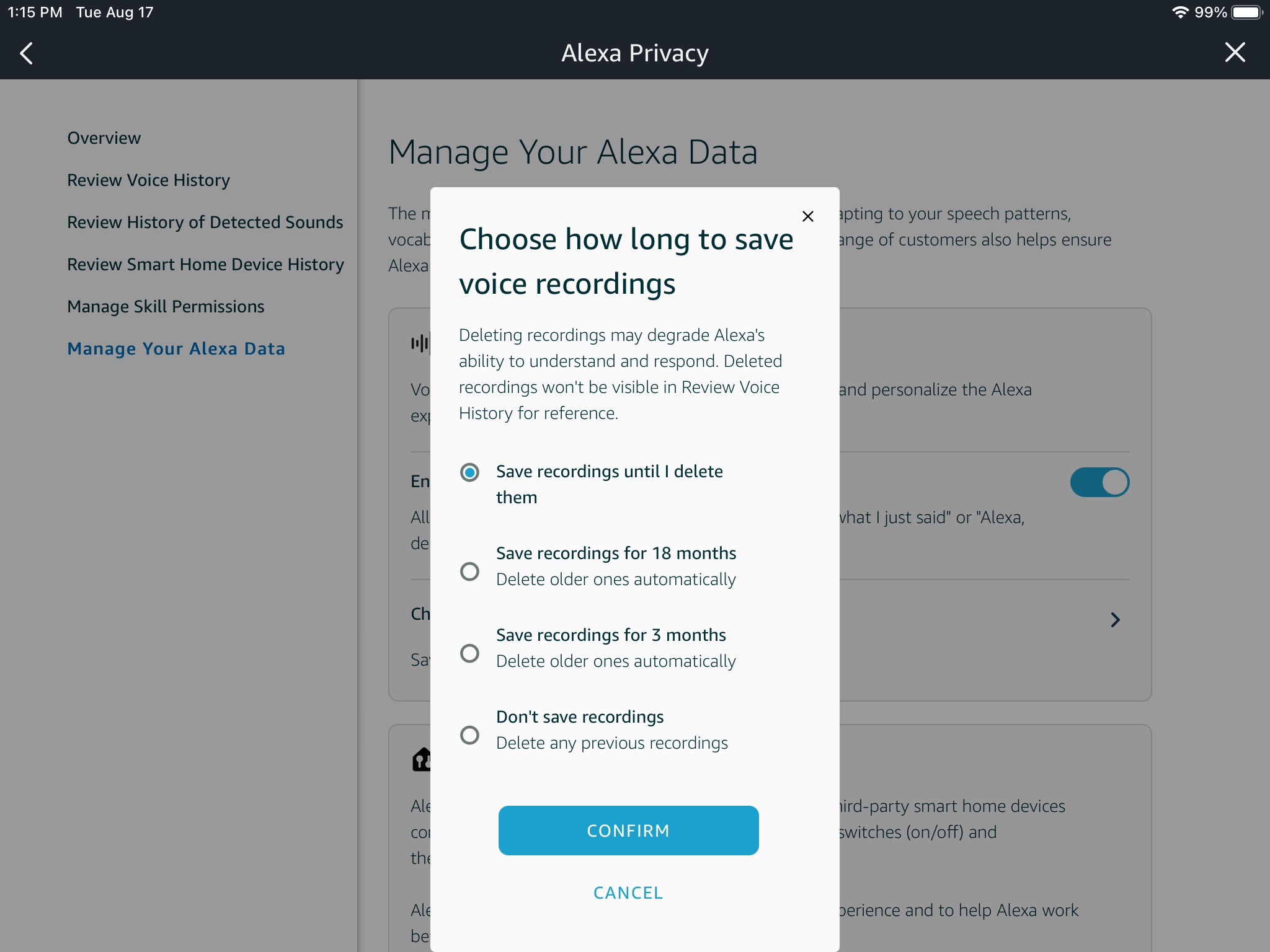

0 thoughts on “How To Store Your Vinyl Records”